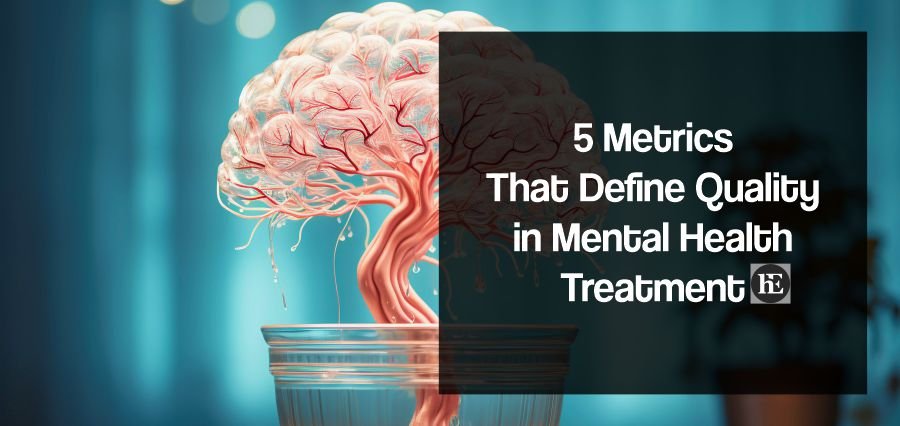Integrating Mental Health into Primary Care: Benefits and Best Practices
Mental Health Integration into Primary Care: Benefits and Implementation Strategies
Integrating mental health services into primary care settings is becoming increasingly recognized as a crucial step in providing comprehensive and effective healthcare. By embedding mental health professionals within primary care teams, healthcare systems can offer more holistic care that addresses both physical and mental health needs.
Understanding Mental Health Integration
Mental health integration involves incorporating mental health services directly into primary care settings, such as family medicine or internal medicine practices. This approach allows for the simultaneous management of physical and mental health conditions, fostering a more collaborative and patient-centered model of care.
Benefits of Integrating Mental Health into Primary Care
- Improved Access to Mental Health Services: Integrating mental health services into primary care reduces barriers to access, making it easier for patients to receive mental health support during routine visits. This is particularly beneficial for those who may not seek specialized mental health care due to stigma or logistical challenges.
- Holistic Patient Care: Addressing both physical and mental health needs within a single care setting promotes a more comprehensive approach to patient care. This integration allows for the management of conditions such as depression, anxiety, and chronic illnesses in a coordinated manner.
- Enhanced Early Detection and Intervention: Primary care providers are often the first point of contact for patients. By integrating mental health services, these providers can identify mental health issues early and refer patients to appropriate treatments, potentially preventing the escalation of conditions.
- Increased Patient Engagement: Integrating mental health care can lead to better patient engagement and adherence to treatment plans. Patients are more likely to follow through with mental health recommendations when they are part of their regular primary care visits.
- Reduced Healthcare Costs: By managing mental health conditions within primary care, there can be a reduction in the need for more intensive and costly mental health services. Early intervention and integrated care often lead to better overall health outcomes and reduced healthcare costs.
Strategies for Implementing Mental Health Integration
- Establishing Collaborative Care Models: Develop collaborative care models where mental health professionals, such as psychologists or social workers, work alongside primary care providers. This team-based approach ensures that both mental and physical health needs are addressed seamlessly.
- Training and Education: Provide training for primary care providers to enhance their skills in identifying and managing mental health conditions. Education should also extend to understanding the benefits of collaboration with mental health specialists.
- Implementing Screening Tools: Use standardized screening tools to identify mental health conditions during routine primary care visits. Regular screening helps in the early detection of mental health issues and guides appropriate referrals and interventions.
- Integrating Electronic Health Records (EHRs): Utilize EHR systems to facilitate communication and coordination between primary care and mental health providers. Integrated EHRs can streamline the sharing of patient information and treatment plans, improving overall care coordination.
- Developing Care Pathways: Create clear care pathways and protocols for managing mental health conditions within the primary care setting. These pathways should outline steps for assessment, treatment, referral, and follow-up to ensure consistent and effective care.
- Promoting Patient-Centered Approaches: Engage patients in their care by incorporating their preferences and needs into treatment plans. Patient-centered approaches enhance satisfaction and improve adherence to both mental and physical health interventions.
Challenges and Considerations
Despite the benefits, integrating mental health into primary care comes with challenges, such as funding constraints, provider training needs, and the potential for role overlap. Addressing these challenges requires careful planning, resource allocation, and ongoing evaluation of integration efforts.
Conclusion
Integrating mental health services into primary care offers significant benefits, including improved access to care, holistic patient management, and enhanced early detection of mental health issues. By adopting effective implementation strategies and addressing potential challenges, healthcare systems can create a more comprehensive and patient-centered model of care. This integration not only improves patient outcomes but also contributes to a more efficient and effective healthcare system. Embracing mental health integration in primary care is essential for advancing overall health and well-being.
Latest Article
-
 11 Questions Life Coaches Ask That Change How You ThinkArticle
11 Questions Life Coaches Ask That Change How You ThinkArticle -
 8 Real Benefits of Life Coaching That Go Beyond MotivationArticle
8 Real Benefits of Life Coaching That Go Beyond MotivationArticle -
 Blaze Schwaller: For Every Person Who Has Ever Felt Too Much, Too FastArticle
Blaze Schwaller: For Every Person Who Has Ever Felt Too Much, Too FastArticle -
 5 Metrics That Define Quality in Mental Health TreatmentArticle
5 Metrics That Define Quality in Mental Health TreatmentArticle -
 6 Lessons Healthcare Leaders Can Learn From Behavioral Health SystemsArticle
6 Lessons Healthcare Leaders Can Learn From Behavioral Health SystemsArticle
